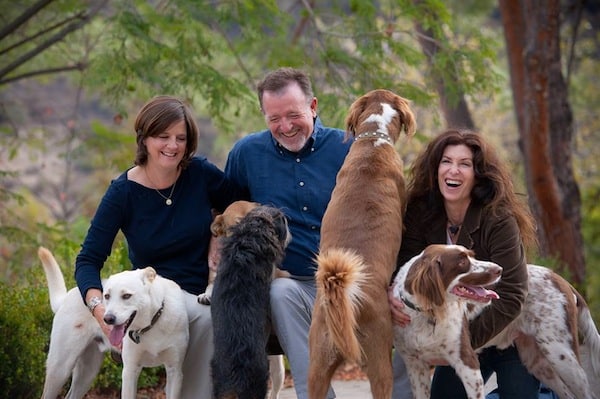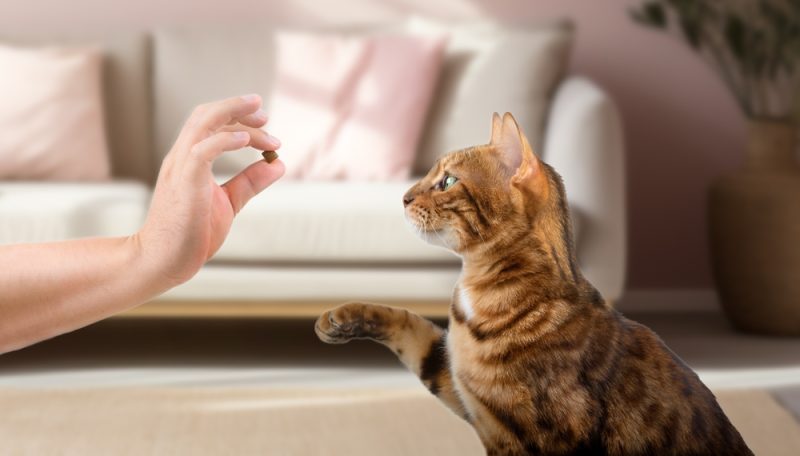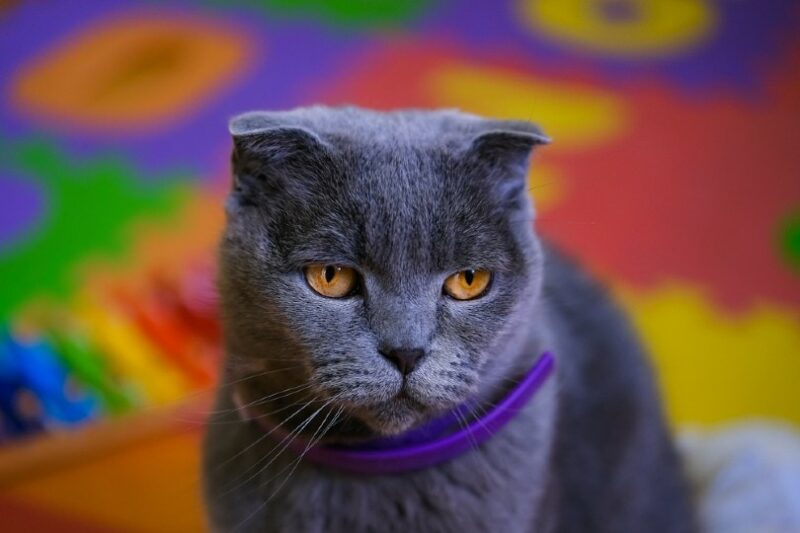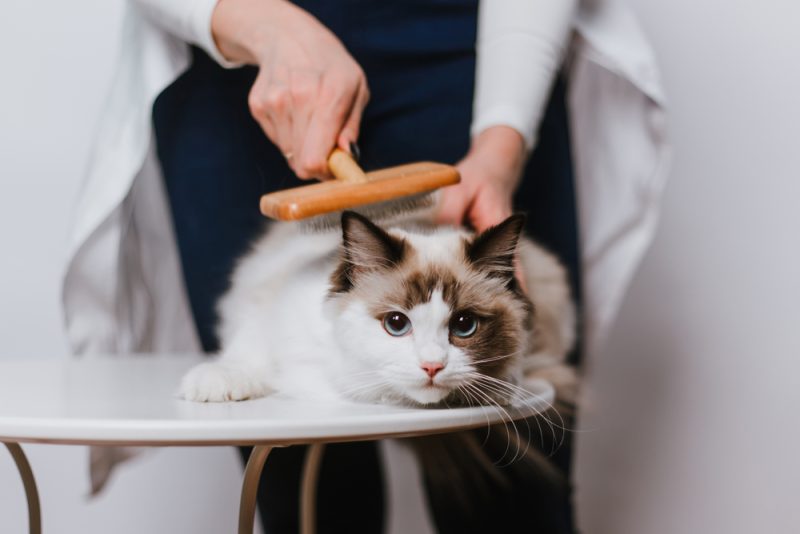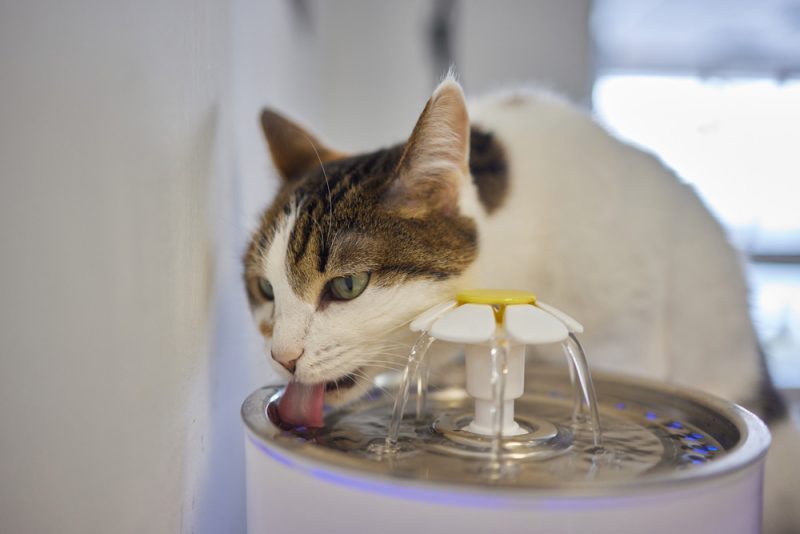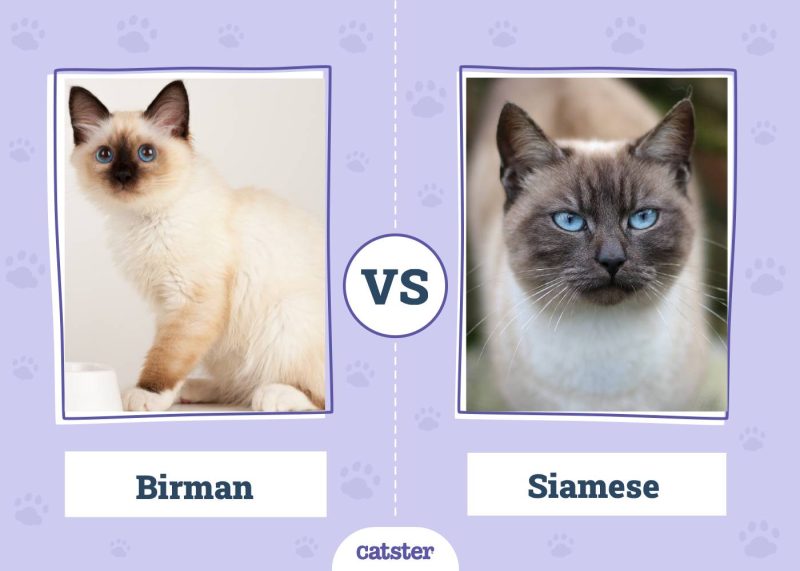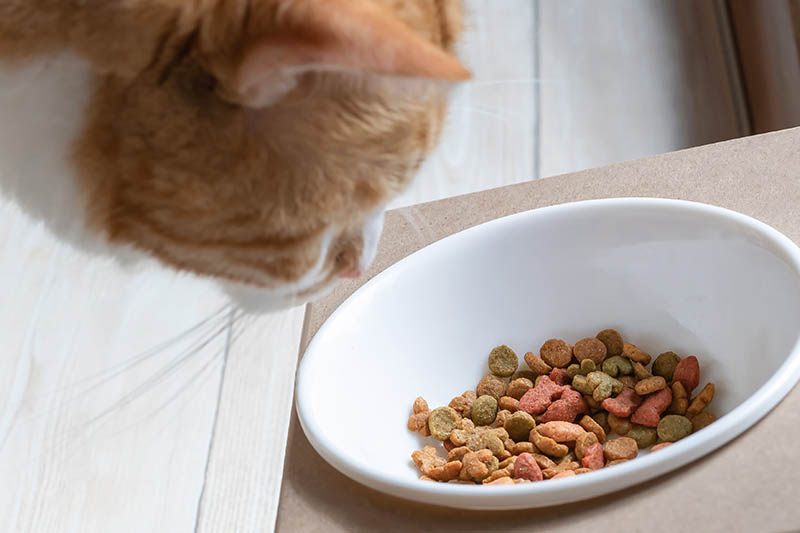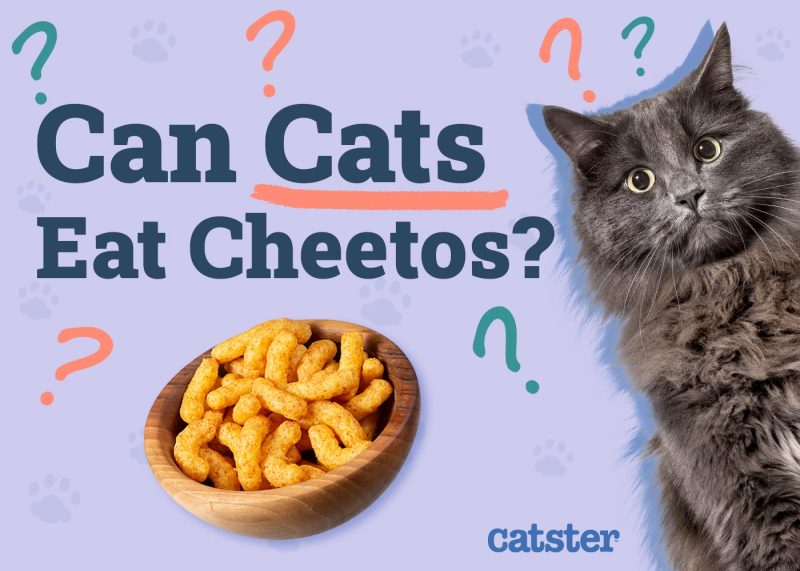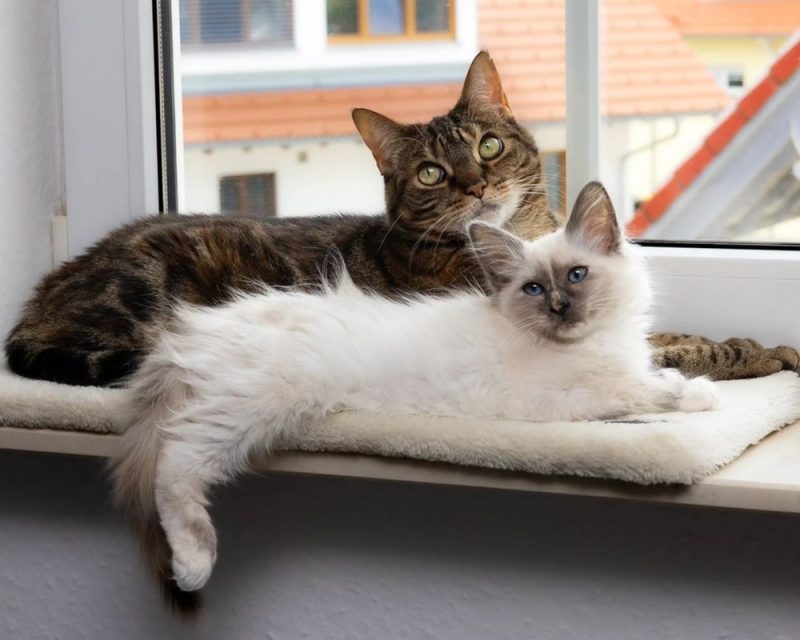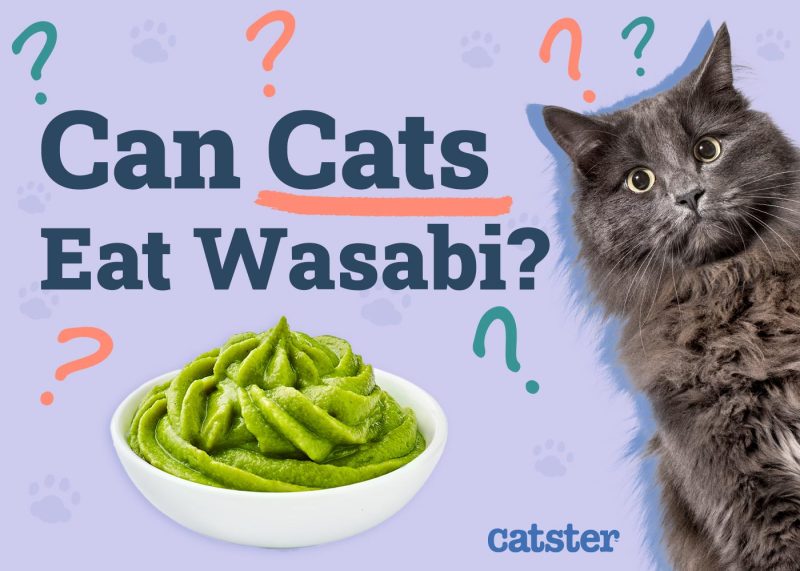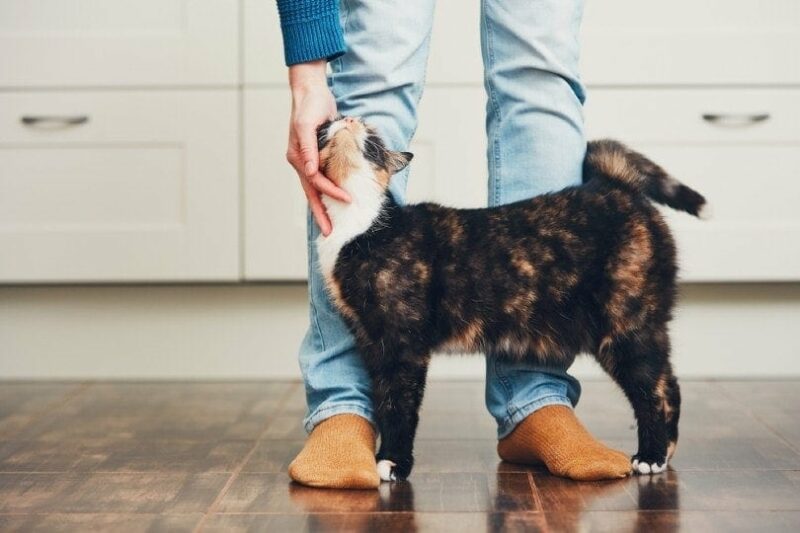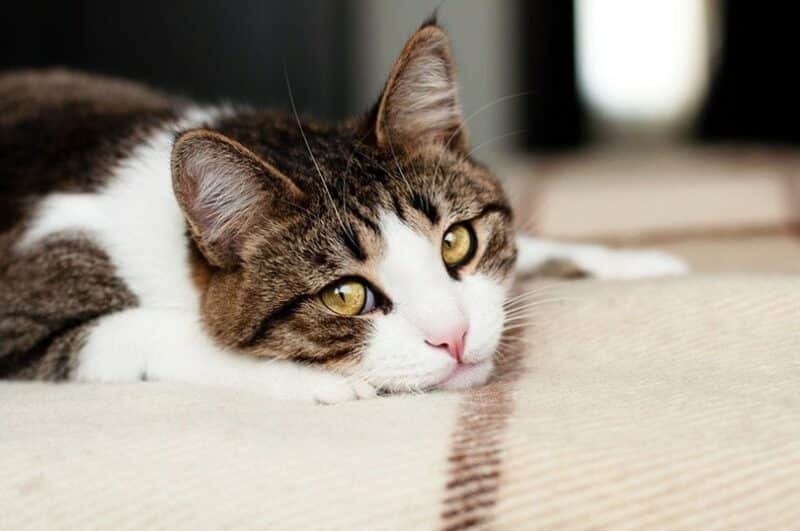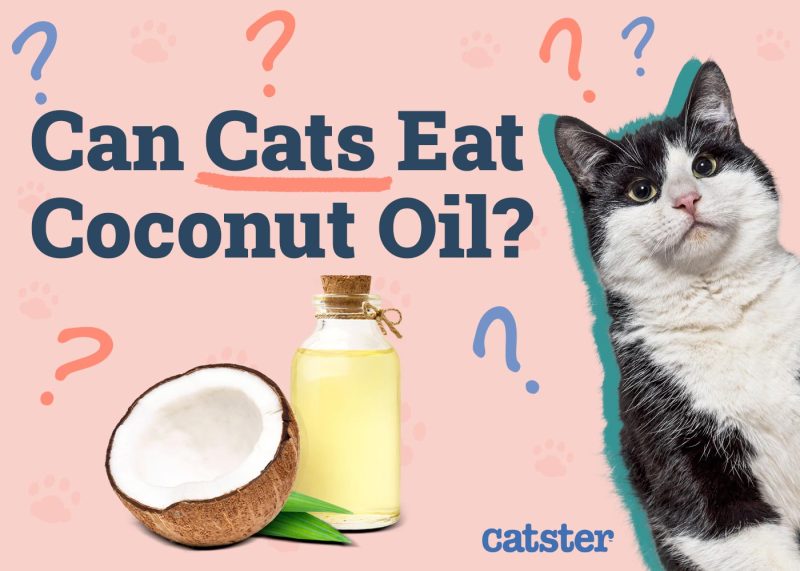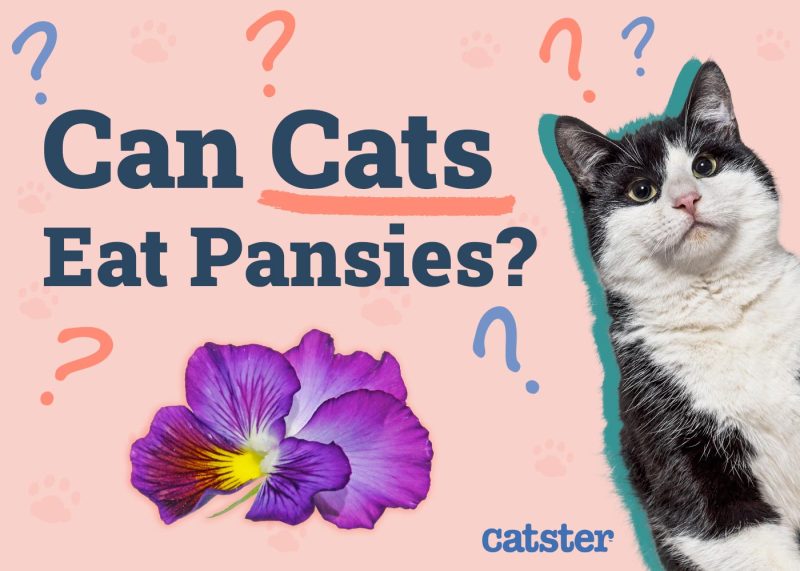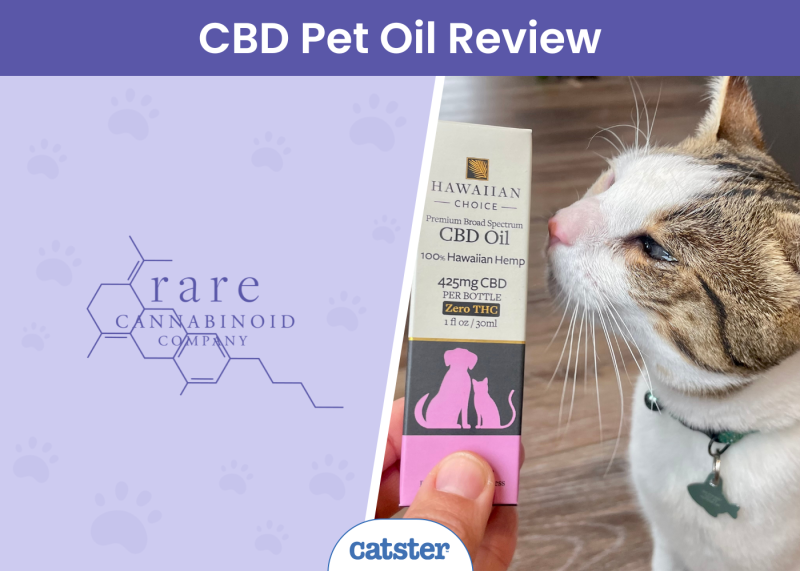There’s no mistaking the passion Jerry Shevick has for Aquamation and serving the pet community.
“We’re going to do the right thing by your pet, we’re going to protect them, we’re going to give them dignity, we’re not going to harm the environment,” he says. “Tell me a story about your pet — celebrate your pet.”
Despite working in the often morose business of after-death care, Jerry exudes an infectious positivity about his work. I am struck by how Jerry talks about the individual, be they human or pet, in his business, rather than the generic nameless client.
Jerry said he believes Aquamation and the care that Peaceful Pets Aquamation offers grieving pet parents will not only become a popular alternative to cremation but will create a new paradigm in after-death pet care.


What is Aquamation?
Aquamation is a process by which a body (in this case a pet’s) undergoes “accelerated decomposition” by use of water or alkaline hydrolysis. Over a 20-hour period, a pet’s body is slowly and gently reduced to bone. The entire process is environmentally sound, according to the company’s website, “producing no greenhouse gas emissions,” rendering “any cytotoxic agents (chemotherapy drugs) harmless,” and leaving the resulting water from the process “not only benign, but beneficial. It can be used as a rich, organic fertilizer.”
A charming and forthright fellow, Jerry made sure to explain to me that Peaceful Pets Aquamation was more than just a new way to handle the remains of a deceased pet, but a respectful, full-care service for your pet’s needs.
“I always start the conversation with ‘I’m really sorry’ and people are taken aback! Seventy-five percent of the time I’m met with a moment of silence, and then an emotional, ‘Oh, thank you.'”
“I think that’s an important first step,” he says. “To let somebody just take a breath and say, ‘All right, this guy cares about what he does, he cares about my pet, and I don’t have to be on edge about this. I can at least relax, and now there’s space for me to ask questions.'”
Jerry explains that every step of Peaceful Pets Aquamation is designed to treat the clients — both humans and animals — with dignity.
“We’re the only people who have a refrigerated customized shelved truck, but I don’t use them when we go to a home,” he says. “If we have to go to a clinic, [I’ll bring the truck, but at homes] it’s just too impersonal.”
“Instead, we go in with SUV’s that have big pet beds in the back,” he says. “We generally wait for the vet to finish euthanizing the pet, or if the pet has died already we go in immediately. We talk to the people. We really don’t rush. We all have the attitude that if you know someone needs to talk, you talk to them — be there for them. We want to give them a little bit of space to interact if they want to.”
After the pet is picked up, the animal is taken to the Peaceful Pets facility, where the pet is housed in a shelved, walk-in refrigerator. Jerry makes it very clear that he doesn’t like to freeze animals.
“I don’t like to freeze animals for a couple of reasons,” he says. “One, it’s not necessary. Because in a refrigerator at about 37 degrees they’re fine for a month, and we’re going to aquamate them much more quickly than that. But also, [I’ve seen pets] get crammed in the freezers at some places — they’re contorted, it’s crazy. It’s a little bit on the macabre side.”

So how soon can a pet parent expect to get their pet’s aquamated remains back?
“Within one week we do the process, so that the client gets back the remains within two weeks,” he says. “And then we would either return the pet directly back to their home by hand, or we can mail the remains. A lot of times we take the pet back to the originating vet and leave [the remains] there for pick up. I try to make it really, really simple.”
“I try to put this all through the prism of what I want, and I’m very particular,” Jerry adds.
After a pet is aquamated, the pet parent will receive the remains in a decorative container along with a keepsake baked-clay paw print.
“Those kind of small details are really powerful when you aggregate it all together,” he says. “I’ve had a couple clients articulate this, they feel that their pet hasn’t just gone somewhere they don’t know about. They feel like someone has taken care of them, someone has paid attention to them, and they can trust that what they are getting back is their pet.”
The presentation of the aquamated remains and the paw prints are extremely important to Jerry.
“I started to take a look at the remains,” he says. “Normally, [cremated remains] are much more ‘chunky.’ It depends on the density of the bone. So I compared [cremated remains to aquamated remains] and I had people look at them. There is a definite difference in the attitude of seeing beach sand, which is essentially what this looks like, and chopped up bone. So I made sure that every single time, the remains look exactly like that.”
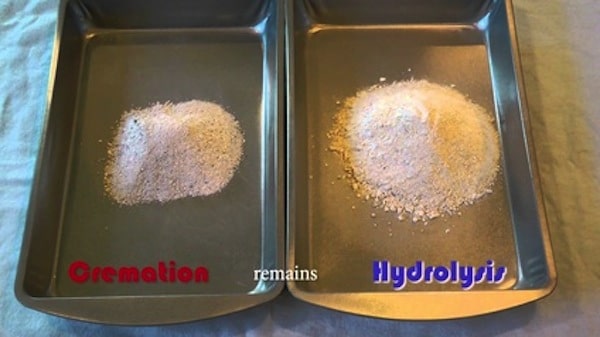
So you go through a process of further pulverizing the bones?
“We automatically get a finer ash because the alkaline hydrolysis also weakens the collagen in the bones, so they are softer to start with,” he says. “But sometimes we’ll go through [the pulverization process] three times to be sure. When I noticed that that was meaningful to people, I wanted to make sure that that was our default — you’re going to get back something like beach sand.”
And the paw prints?
“We make sure the pet’s name is on every single one, and that the lettering is really clean,” he says. “Then they’re lacquered and beaded. I want it to be something you’re going to keep.”
Essentially, Jerry Shevick is trying to change the pet after death care industry for the better. “I’m very much conscious of the environment because I have small kids, I love animals, love animal people,” he says. “That’s why I got into this, to make a difference.”
As my conversation with Jerry comes to a close, he says something that, to me, cuts to the heart of what many pet parents go through when faced with the euthanization of their pet.
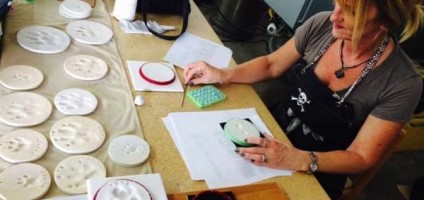
“You control your pets life, when you euthanize them,” he says. “You’re not doing something bad, you’re doing something good — you’re taking them out of pain, you’re taking them out of discomfort. It’s a difficult choice, but that’s what loving your pet is about. You have to make that choice sometimes.”
Though Aquamation may be an innovative new choice in the world of after-death pet care, the mission behind Peaceful Pets Aquamation is all about honoring and respecting our enduring love for our pets.
Thanks to Jerry Shevick and Peaceful Pets Aquamation. For more information on Peaceful Pets Aquamation, visit the website at Peaceful Pets Aquamation and find them on Facebook.
Also see:
